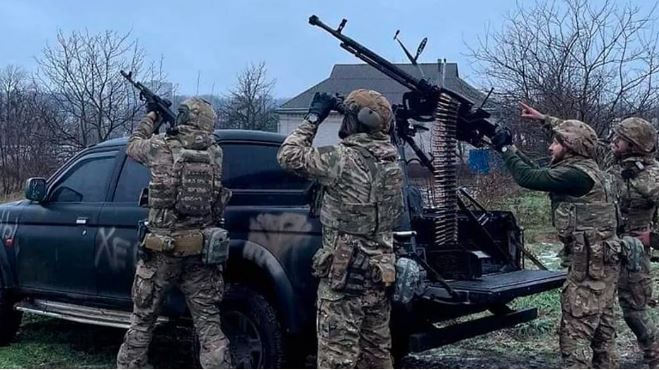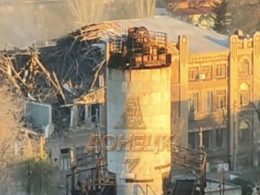Recently, Russian forces have intensified their attacks on Ukrainian cities with Iranian-made Shahed strike drones. Such assaults suggest that the occupiers have managed to establish the production of these drones, says Ukrainian security expert Ivan Varchenko, according to FREEDОМ.
Russian aerial assaults on Ukraine have intensified, particularly with the increasing deployment of Shahed drones. In October 2024 alone, Russia launched a record 2,023 drones at Ukraine, with Ukrainian forces successfully intercepting 1,185 of them.
Furthermore, the escalation of drone attacks may indicate that the Russians are stockpiling missiles for future massive assaults.
"Russia is increasing its strikes on Ukrainian territory, primarily with Shaheds. It allows us to conclude that they have established their own production and are now increasing the number of Shaheds being launched.
In September, an average of 40-45 Shaheds were launched daily. In October, this number increased to nearly 70, and in November, since the beginning of the month, the figure continues to rise," explained Varchenko.
The expert pointed out that for nearly two months, the Russians have been using missiles much less frequently. Moscow troops are likely accumulating missiles to use them "on some convenient day" for the occupiers.
"What could that day be? When the Russians will decide that the effectiveness of the strikes will be the highest. So, we must be prepared every day for a possible mass strike," Varchenko continued.
The expert added that the Russians are now launching dozens of Shaheds against Ukraine daily. With this, they are trying to weaken Ukraine's missile and air defense systems. To some extent, they are succeeding.
"Does this critically affect the operation of Ukraine's air defense? It is primarily an analysis for our military specialists, but we can say for sure that Ukrainians have found less costly ways to counter Shaheds than in 2022-2023.
These are not only the typical, expensive air defense systems and missiles but also concentrated small arms fire and other tools. The readiness of our partners to provide us with the appropriate weapons is a condition under which we will be able to repel the attacks that Russia is likely planning with the onset of cold weather," Varchenko concluded.
Read more:
- Norway allocates $ 105 million for Ukrainian energy infrastructure recovery
- Ukraine and Russia in talks about halting strikes on energy plants – FT report
- Kremlin denies talks with Ukraine on abandoning energy attacks
- Germany allocates $217 million for Ukraine’s humanitarian winter aid amid Russian energy strikes



